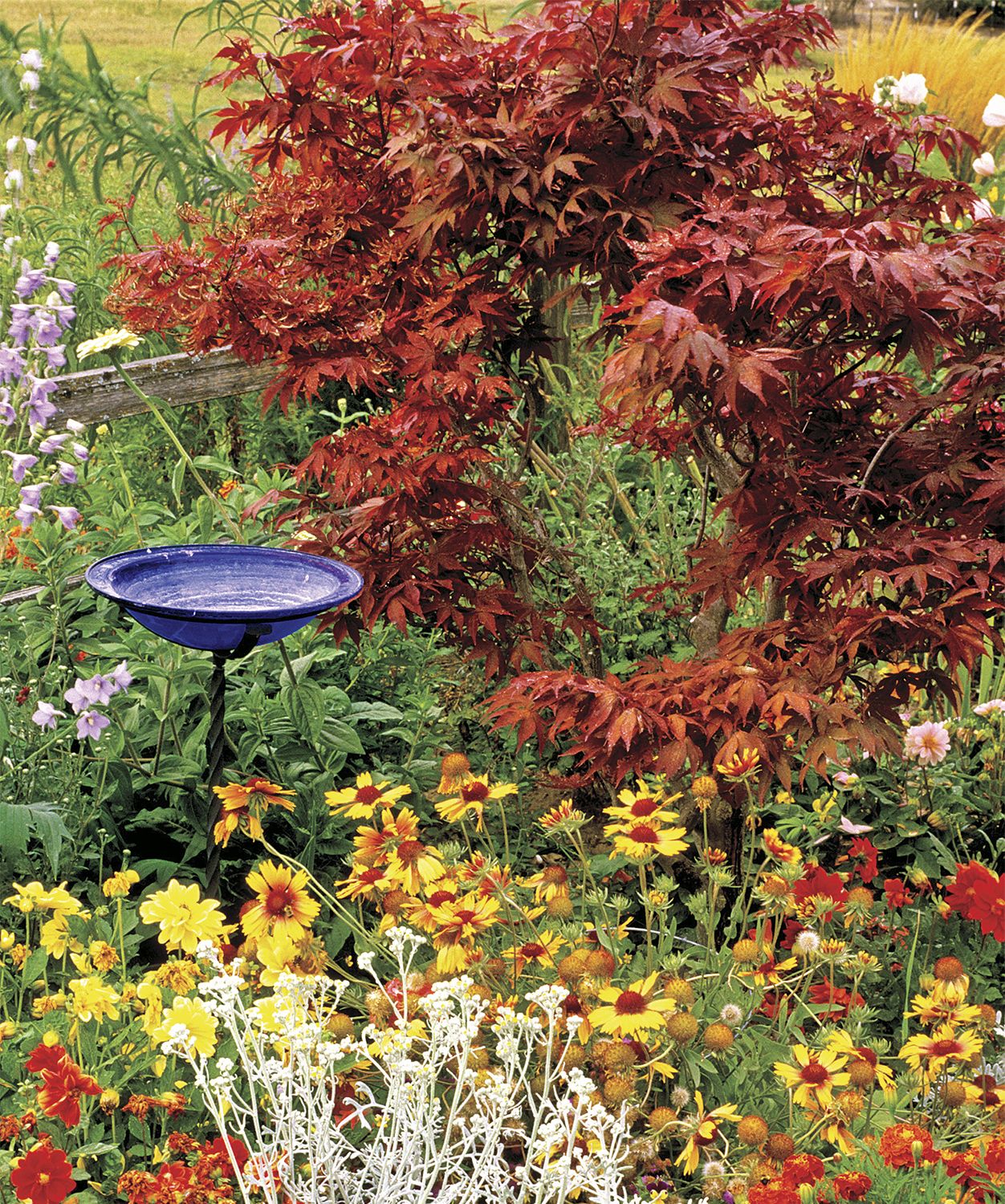As summer winds down, many gardens start to lose their vibrancy. But with careful planning and the right plant selection, you can maintain a colorful and lively garden well into the hot late summer months. This guide shows you how to create a stunning late-summer garden that continues to bloom and thrive when other gardens are fading.
We use This Old House reader Kay Burdick’s Idaho garden as an example to explore a mix of annuals and perennials that provide high-impact, low-maintenance color. We also share expert tips for keeping your garden looking its best throughout the season.
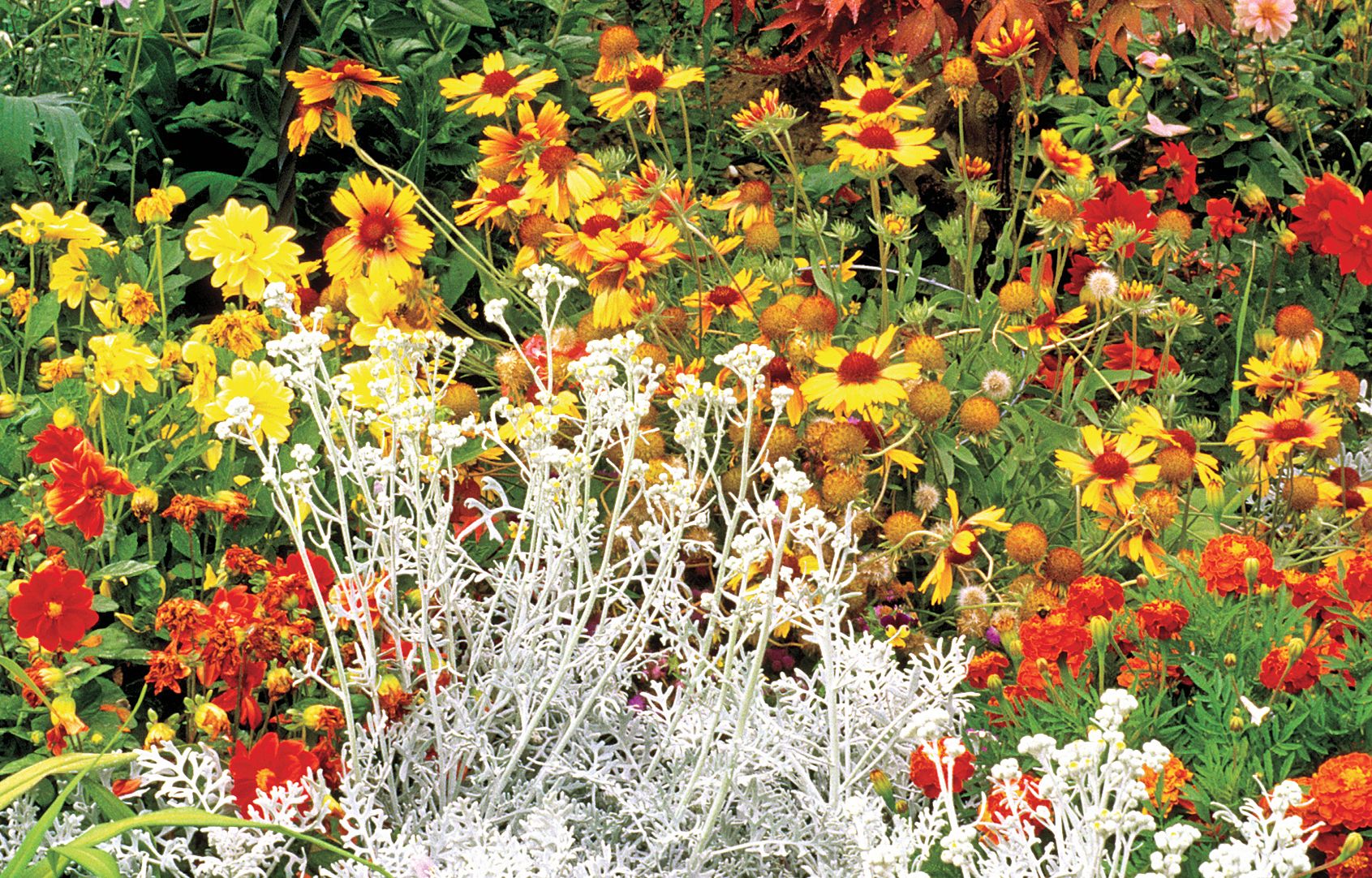
Shown above: Marigolds, asters, zinnias, and greenish-white dusty miller put on a robust late-summer show.
Unique Beauty from Familiar Plants
Like many gardeners, Burdick started with modest beginnings and gradually expanded her garden over time. Today, her flower borders are so impressive that passersby often stop to admire the view from the road. Burdick’s house, situated on a rise in the northern Idaho town of Bonners Ferry, offers a sweeping vista of the Selkirk Mountains, providing an ideal backdrop for her colorful garden.
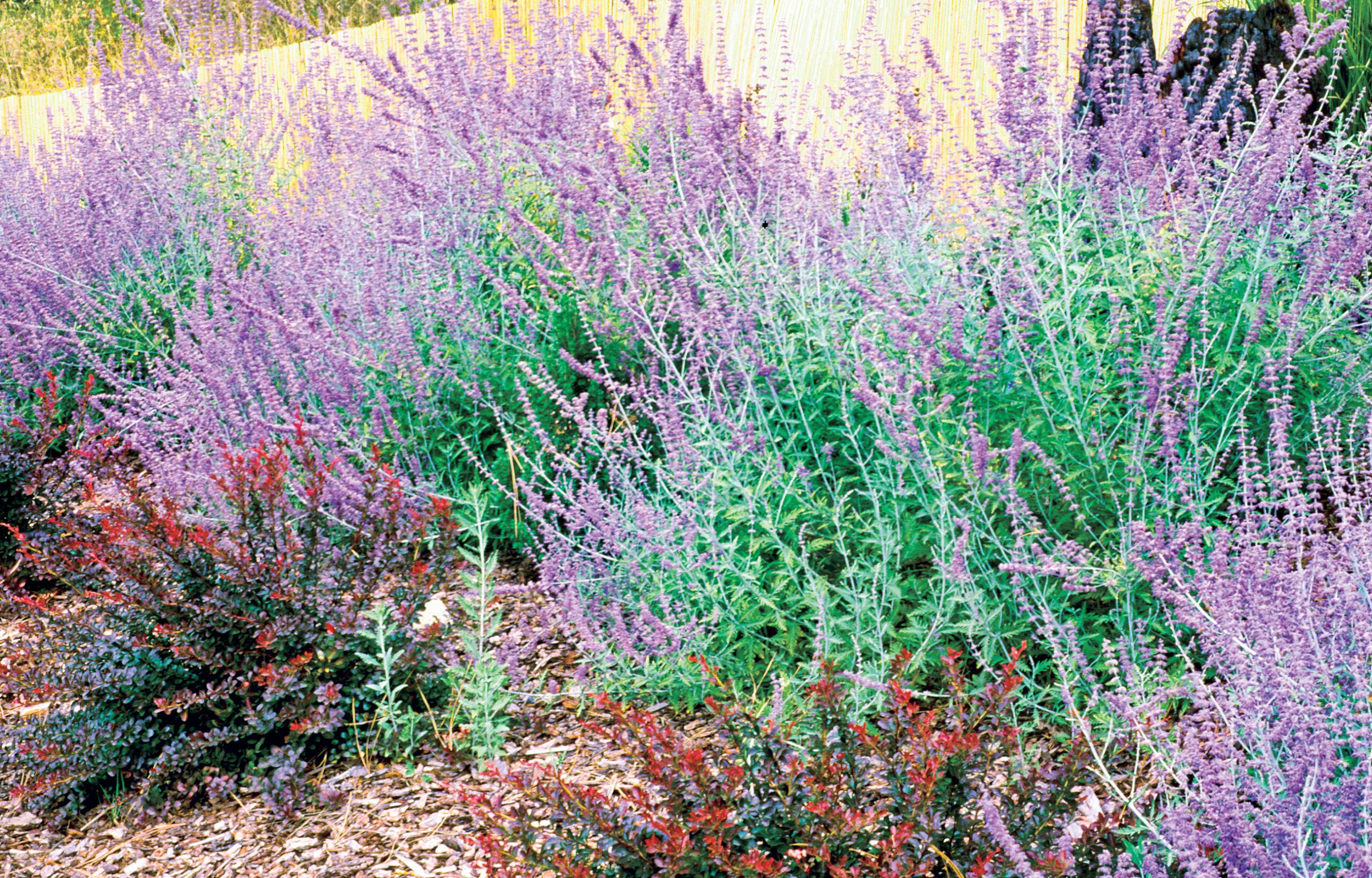
Burdick’s secret to achieving abundant late-season color is to think in terms of waves of blooms. Her garden design incorporates spring flowers, including swaths of bulbs such as tulips, daffodils, and hyacinths, followed by early- to mid-summer bloomers like irises, peonies, and poppies. The grand finale begins with late-summer bloomers, including dahlias, black-eyed Susans, coreopsis, and zinnias, alongside her signature marigolds. As summer transitions into fall, asters and chrysanthemums join the colorful chorus.
Shown: Billowy, fragrant Russian sage and russet-colored Japanese barberry create sprawling clouds of color.
Sun-Loving Borders
To maintain her garden’s stunning appearance, Burdick has developed a series of time-saving techniques that reduce tedious chores like weeding, watering, and deadheading. One of her key strategies for minimizing weeds is to make sure that plants cover all tilled soil, as exposure to sunlight triggers many weed seeds to sprout. She plants her late-summer flowers in the spring, carefully tucking transplants among the still-blooming spring bulbs.
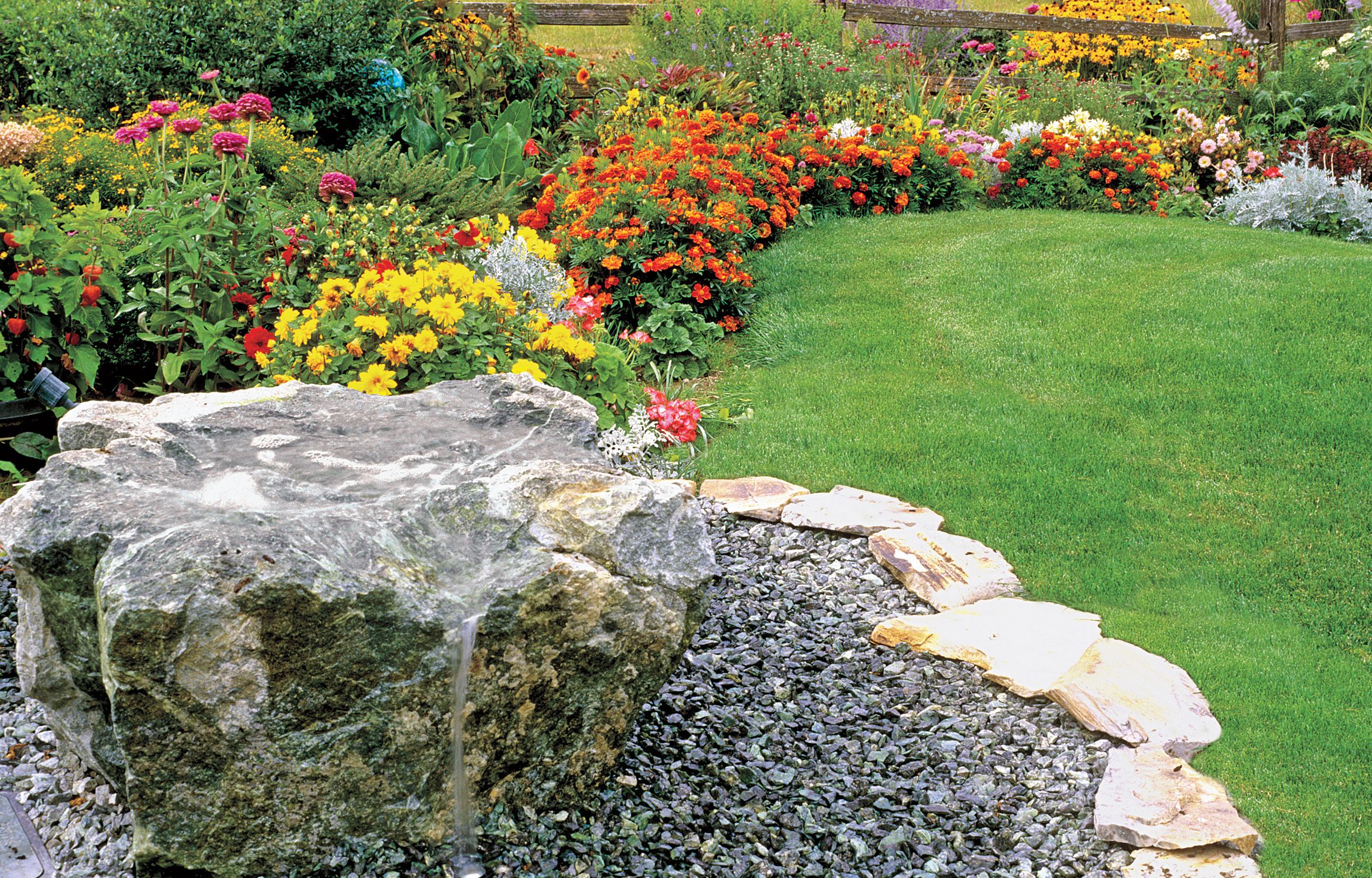
Planting densely, often in zigzag rows, helps create a lush, full appearance where each transplant grows into a mound that touches its neighbors in all directions. This approach provides a seamless tapestry of color and texture throughout the garden. Consequently, the plants naturally crowd out potential weeds, reducing maintenance and keeping the garden healthy and vibrant.
Shown: Reds, oranges, and yellows mix with hot pinks and purples in this showy late-summer garden.
Tried and True Summer Garden Tips
Burdick’s planting strategy requires a large number of transplants—often hundreds—so she grows her own from seed. While she now has a 14-by-20-foot greenhouse, she managed successfully with just windowsills for 20 years. For beginner gardeners, Burdick suggests starting with nursery flats of annual seedlings and reaching out to experienced gardeners for perennial plant divisions.
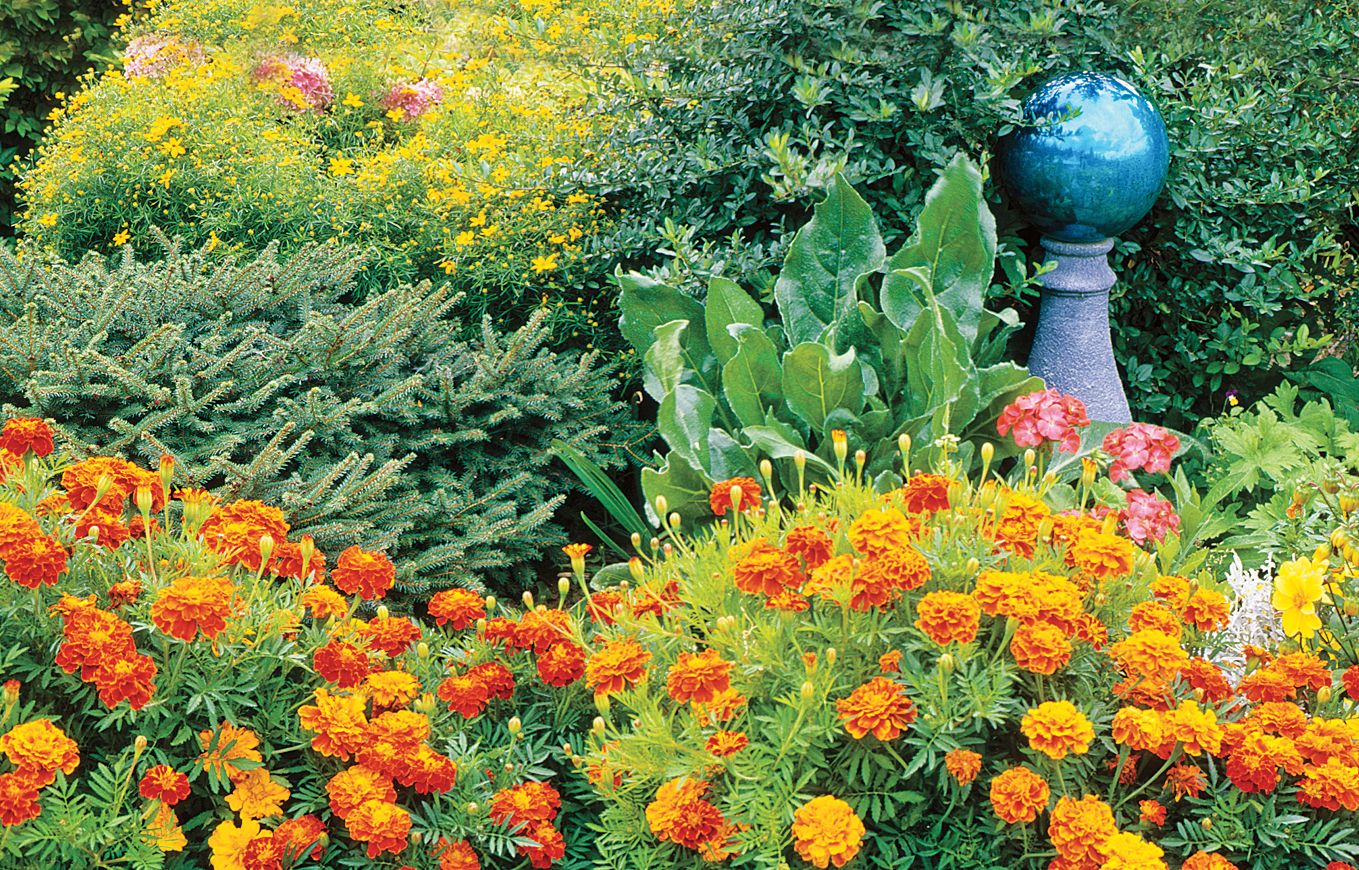
To maintain soil health and fertility, Kay applies compost once a year, either in late fall or early spring, depending on the weather. She maintains two large compost piles, alternating between them each year for harvesting and adding new material. Her compost recipe includes layers of garden clippings, horse manure, and kitchen vegetable scraps. She mixes the compost several times each season using a garden tractor to achieve even decomposition.
Shown: A fountain hewn from a rugged boulder adds the cooling sound of flowing water.
Easy-Care Summer Garden Tips
Burdick’s garden has an in-ground irrigation system that simplifies watering. For those without such a system, soaker hoses or drip tubing linked to a timer can provide a simpler and less expensive alternative. This ensures that plants receive consistent moisture, which is crucial for maintaining late-summer blooms.
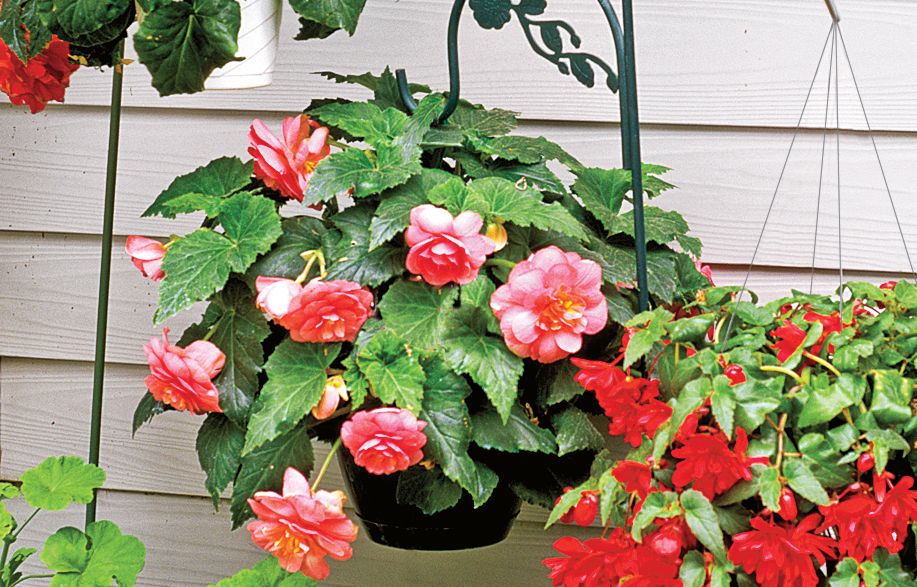
When it comes to cutting back spent flowers and foliage, Kay takes a relaxed approach. She doesn’t obsessively deadhead marigolds, for example, as she sees the fading flowers as an investment in future plants through seed collection. This mindset not only saves time but also contributes to the garden’s natural cycle.
Shown: In pots and baskets, tuberose begonias brighten low-light areas well into fall with colorful flowers and intriguing leaves.
Standout Annuals
Burdick’s garden showcases several annual varieties that continue to produce new blooms until frost without becoming ungainly or leggy. These plants are key to maintaining vibrant late-summer color. Make sure the plants you choose fit in your plant hardiness zone.
- Dahlia (Dahlia pinnata): This sturdy annual comes in a variety of colors and is easily grown from seed. Unlike larger garden dahlias, these smaller varieties don’t require staking or overwintering of tubers. They grow 6–18 inches tall and thrive in full sun.
- Marigold (Tagetes): Annual marigolds come in two main types: “African” (T. erecta), which can grow up to 4 feet, and “French” (T. patula), which stay under 18 inches. Despite their names, both originated in Mexico and Central America. They excel in hot, sunny locations.
- Zinnia (Z. elegans): Another Mexican native, zinnias, offers a wide range of colors, including white, pink, salmon, yellow, purple, and even lime. Flower sizes vary from less than 1 inch to nearly 7 inches across, with plants growing 8 to 36 inches tall, depending on the variety. They prefer full sun.
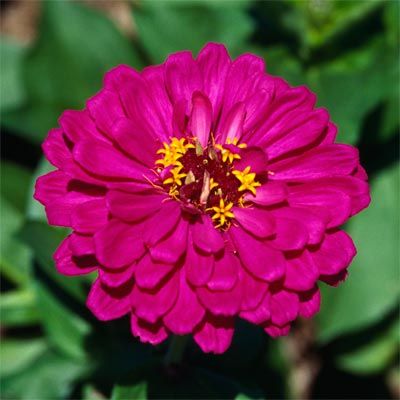
Colorful Summer-to-Fall Perennials
For gardeners who prefer low-maintenance options, these perennial bloomers offer vibrant late-season color year after year:
- Joe Pye Weed (Eutrochium purpureum): An eastern native, this tall perennial forms pink nosegays atop leafy wands 5 to 7 feet tall. It’s hardy in most climates and prefers full sun, though it can tolerate light shade in the hottest areas.
- Obedient Plant (Physostegia virginiana): Native to central and southern states, this plant produces pink or purple flower spikes resembling snapdragons. It’s hardy to -40 degrees Fahrenheit and thrives in full sun.
- Cardinal Flower (Lobelia cardinalis): Native to boggy areas of North America, this plant brightens moist garden beds with spikes of vivid red flowers. It’s hardy in most regions and can grow in full sun or partial shade.
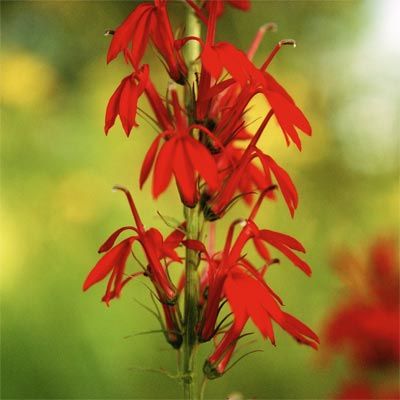
Additional Late-Summer Bloomers
To further enhance your late-summer garden, think about incorporating these beautiful perennials:
- Blazing Star (Liatris spicata): This native of eastern and central states produces striking spikes up to 4 feet tall, topped with white, lavender, or pink flowers. It’s hardy in most climates and prefers full sun.
- Sedum (Hylotelephium): These succulent perennials offer late-season interest with their fleshy leaves and clusters of star-shaped flowers in shades of pink, red, or white. They’re drought-tolerant and attract pollinators.
- Japanese Anemone (A. x hybrida, A. hupehensis japonica): This elegant perennial sends up willowy stems with pink or white flowers in fall. It can spread to cover large areas unless the soil around it is regularly disturbed. Hardy to -20 degrees Fahrenheit with proper mulching, it prefers partial shade.

Extending the Blooming Season
To make sure your garden remains colorful well into autumn, follow these strategies:
- Apply a slow-release fertilizer: This supports plant health and flower production throughout the season.
- Deadhead regularly: Remove spent blooms to encourage continued flowering.
- Incorporate plants with interesting foliage: This adds texture and color even when flowers are scarce.
- Provide adequate water: Consistent moisture helps plants continue producing blooms.
- Use container plantings: These can be easily moved to fill gaps in the garden as needed.
